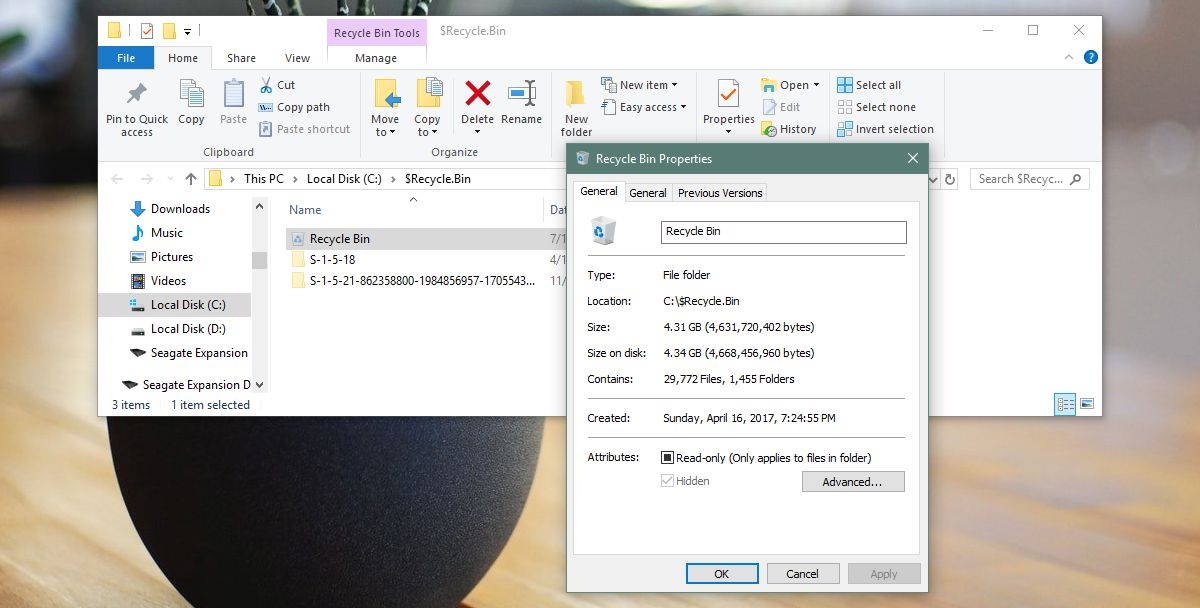

In the context menu that appears, click on “Properties.” Step 1: Locate the “Recycle Bin” icon on your computer and right-click on it. You can also right-click on the file or folder and click on the “Delete” option from the context menu, while pressing the Shift key on the keyboard. Instead of pressing the delete key on the keyboard, press the Shift + Delete keys and the selecting files and folders will be automatically deleted from the computer, skipping the Recycle Bin. One of the easiest way to delete files and folders without sending them to the Recycle Bin is through keyboard shortcut. In this guide, we will show you how you can skip the Recycle Bin when deleting files and folders on Windows 10 computer.

So, you will need to delete the files from the Recycle Bin as well to free up the space. So, if you have accidentally deleted the file and want to restore it, you can easily do so from the Recycle Bin.īut the downside is that when you delete the file and it goes to the Recycle Bin, the storage space on your drive remains the same.

The appropriate policy will vary by personal and/or business requirements, so I won’t bother talking you through all of that.In Windows 10 operating system, whenever you delete a file or folders from the computer, it gets stored in the Recycle Bin. There’s plenty of power and granularity in the Task Settings–look at the screenshot below.

Give the task a useful name, set the schedule, and then the policy. The configuration of the task from there is straightforward. Simply create a “Recycle Bin” Scheduled Task. Yuck.Īutomating a recycle bin task on a Synology box is done via the Task Scheduler found in the Control Panel. No one has time to manually empty recycle bins on a disk array in a distant rack. However, I like to solve problems permanently. You’ll get a sense of relief as Storage Manager shows available space growing as the Synology removes however many million files you’ve been composting for however long. One way to do that is to edit the properties of a Shared Folder and click “Empty Recycle Bin”. To get my space back, the solution was to empty the Recycle Bin. I figured this out running a Storage Analyzer report. This means that over several years of shoving lots of data through the array, the various Recycle Bins attached to various Shared Folders had loaded up with cruft. Really? What had I filled all that space with?Īfter a lot of digging around, I found that I had enabled the Recycle Bin on one or more Shared Folders, but had NOT created a Recycle Bin emptying schedule. While performing end-of-year clean up on lab infrastructure, I discovered my 8 disk Synology array with about 22TB of usable storage was almost out of space.


 0 kommentar(er)
0 kommentar(er)
